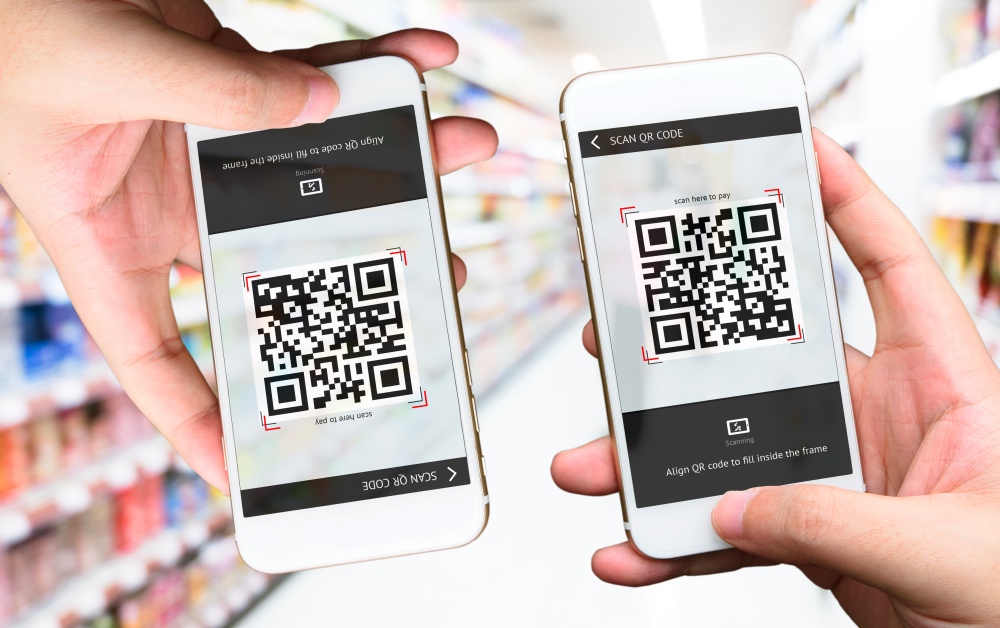Even before the COVID-19 pandemic, contactless payments were already a widely used payment method. The QR code is quickly becoming one of the go-to links between our physical and digital worlds, enabling socially distanced payments that are fast, efficient and secure.
Purchasing a ticket for boarding trains and metros now has a digital alternative in the form of the little matrix barcodes. The new digital ticketing promises, in addition to speed and convenience, more safety for passengers since boarding can be done without physical contact or handling banknotes.
History Of The QR Code
QR codes, invented in 1994 by Japanese engineer Masahiro Hara, were used to track vehicles during manufacturing. The QR code didn’t take off outside a factory until 2014, when China launched its first self-service QR code reader. Since then, payment mechanisms based on QR codes (such as the applications Alipay and WeChat Pay) have increasingly replaced cash and credit cards in China.
In 2020, customer demand for contactless experiences skyrocketed, and people were willing to use QR codes again as long as they didn’t have to touch a menu, kiosk, or even a point of sale (POS) terminal.
How QR Codes Make Taking The Metro Easier
Ease Of Use
Metro users simply have to open their phone camera or the relevant QR code scanner app to purchase a ticket. Since anyone with a smartphone can use their camera to scan and pay, QR codes put a whole world of immediacy within easy reach. The usage of QR codes for payments also eliminates the requirement of point of sale machines or any other special equipment used for payments.
Instant Payments
QR codes facilitate instant payments, which is one of the biggest advantages of using them. Compared to other forms of payment, QR codes are extremely fast since all a user has to do is open the QR code scan app, scan the QR code, and confirm to process the payment. Within a few seconds, the payments are made. Metro users no longer have to wait in long queues to purchase their ticket.
Top-grade Security
Since QR codes are only tools that exchange information, using them to make payments is very secure. Any data which is transferred via QR codes is encrypted thus making the payment foolproof secure.
Higher Reliability
QR code payments are a risk-free payment system since they minimize the possibility of any type of error. The pattern of black boxes contains specific details, which increases the reliability of QR code payments.
To Conclude
By accepting payments through QR codes, metros are able to spend more time focusing on providing the best experience for their customers. Ultimately, this leads to consistent branding, growing revenues, and most importantly, satisfied customers.
QR codes are one of the simplest touch-free payment options you can give your consumers now, whether in person or by smartphone app. Going from paper printout to digital display is simple to implement and optimize; it all comes down to selecting the correct payment provider.


